The next in my series of articles looking at English gardens is on my favourite garden of all time, Sissinghurst Castle Gardens. A garden that I fell in love with even before I had visited it. For it is the garden of the amazing garden writer and designer Vita Sackville-West. Her books inspired me as horticultural student, so going to her garden was to become some what of a pilgrimage for me.
The site has a long history even before it was bought by Vita and her husband in 1930. It originally began as a Saxon pig farm, where it would have been called 'Saxenhurst’. The word ‘hurst’ meaning a small enclosed woodland in old English. At the end of the 13th century the estate had passed to the de Berhams, who built the first manor house there. However, the present-day buildings began in the 1530s and were built by the new owner, Sir John Baker.
The Tudor buildings were used as a prison for as many as 3,000 French sailors that were captured during the Seven Years War. The sailors referred to Sissinghurst as 'le chateau', and is where we get 'castle' being adopted into its name.
Vita and her husband, Harold Nicolson, bought the house in 1930 and it was much different to what we see today. By then the main buildings were collapsing and were being used to house farm workers. The gardens was just a wide space used to grow vegetables for the workers. However, this blank canvas allowed Vita to put her own garden design ideas into action and experiment with plants and planting combinations.
Vita Sackville-West Style
Born in 1892 at Knole in Kent, she was a famous and successful poet and novelist, publishing dozens of collections of poetry and 13 novels. As an incredibly keen amateur gardener, it wasn’t hard for her to switch her artistic talents to garden design.
Working with husband, who was a trained architect, they split the garden up using walls and hedges to create a series of garden rooms. This was a new concept of garden design, where you create gardens within a garden, and allowed Vita to experiment with each of the rooms separately. She was also a pioneer of creating themes within each of the rooms, making them very distinct from each other, exciting visitors as they explored them in turn.

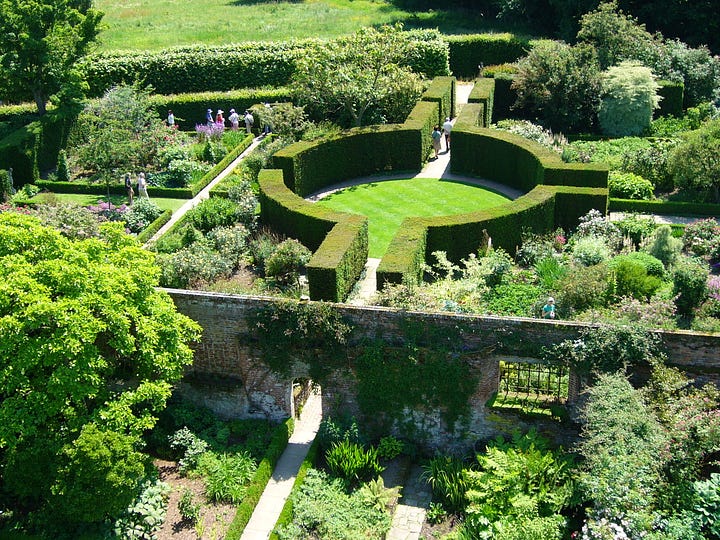
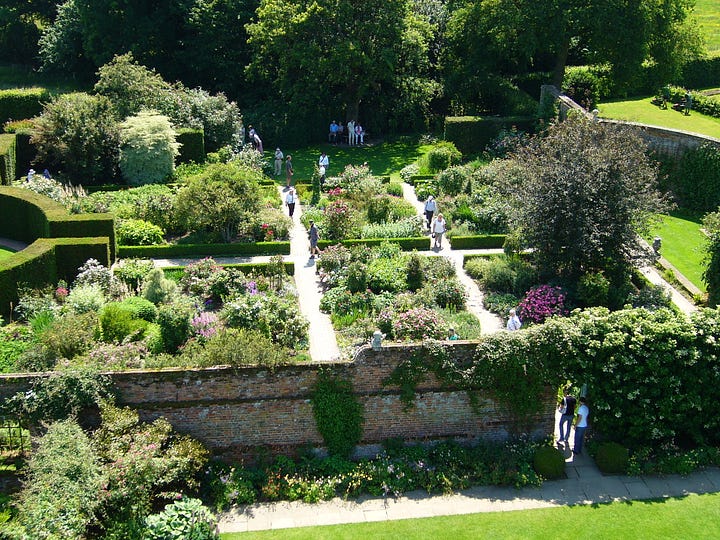

This theme could by plant type. Vita loved old roses and she and Harold made the Rose Garden, filling it with all her favourite old roses. The theme could also be colour, and she would go on to create the world famous White Garden, using only white flowering plants.
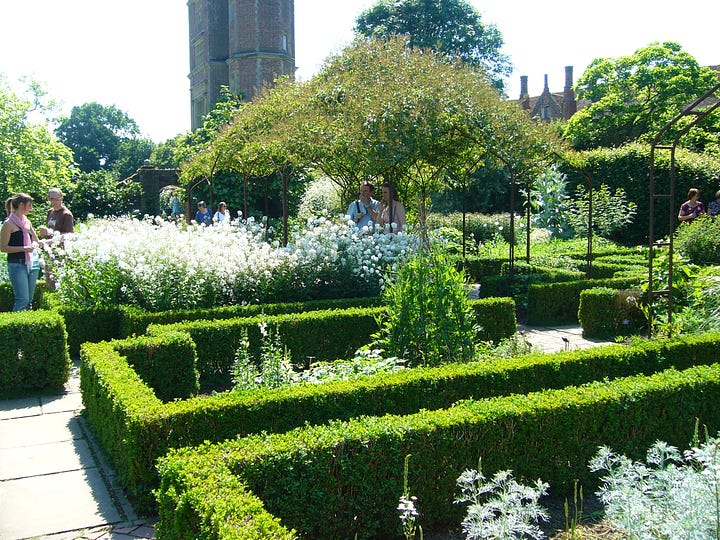
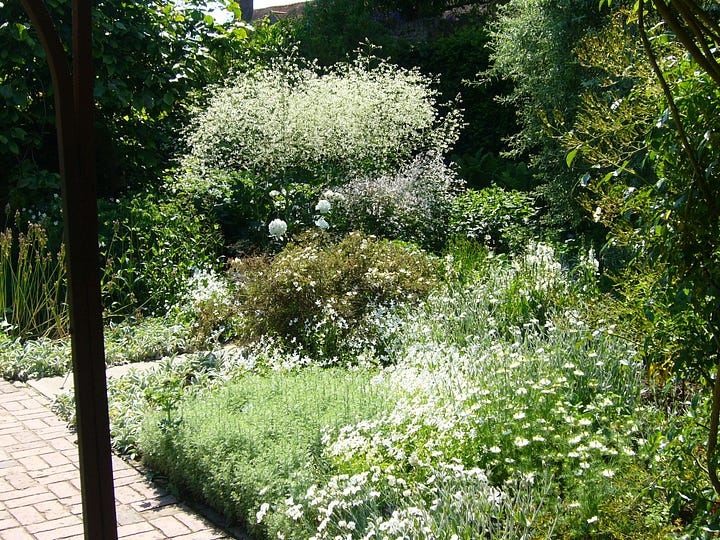
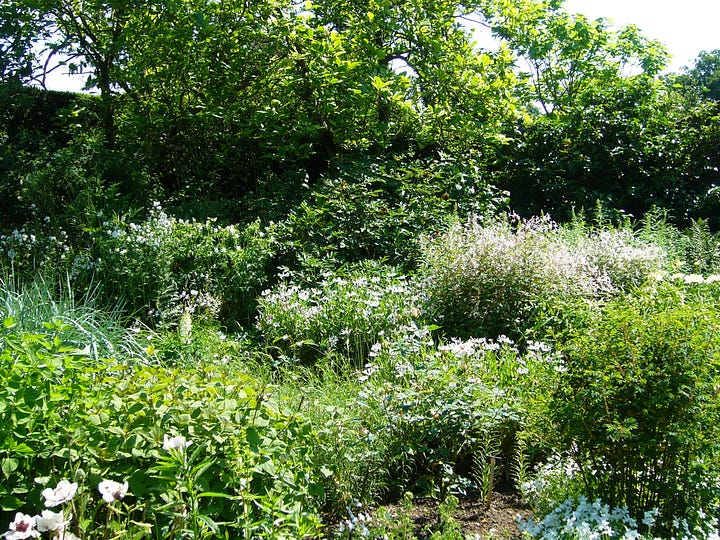
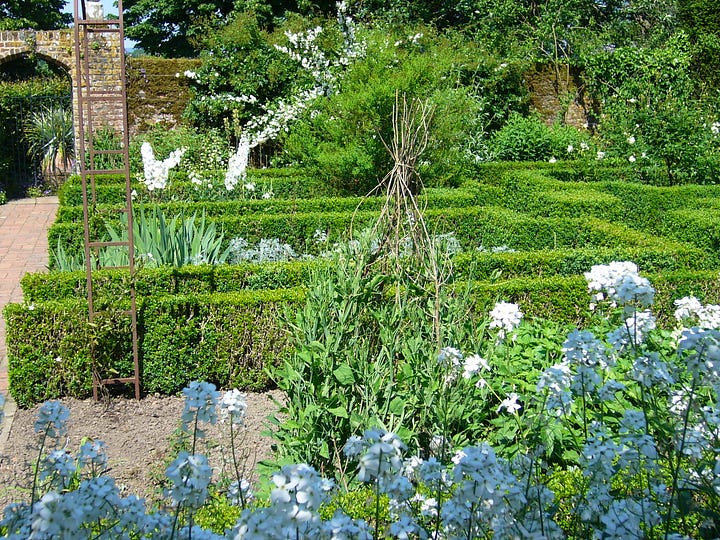
The only consistency throughout the gardens was Vita enthusiasm for experimentation. Without any formal horticultural training, she had never been told what not to do. This gave her the freedom to experiment with all kinds of plant combinations, locations and growing techniques. If it didn’t work then it was a lesson learnt and an opportunity to try something new next season.
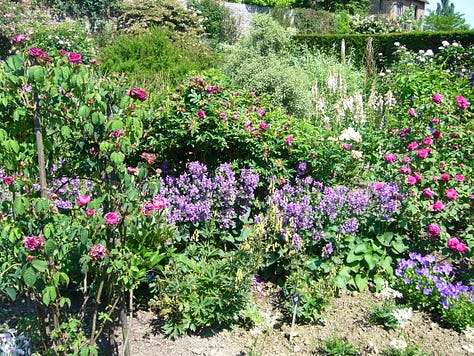
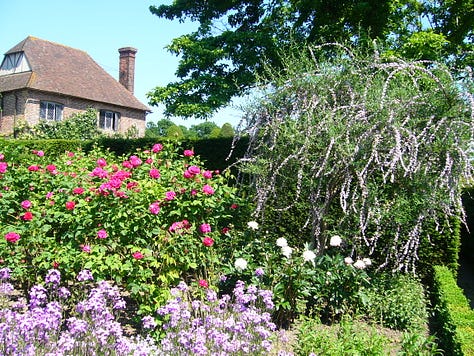
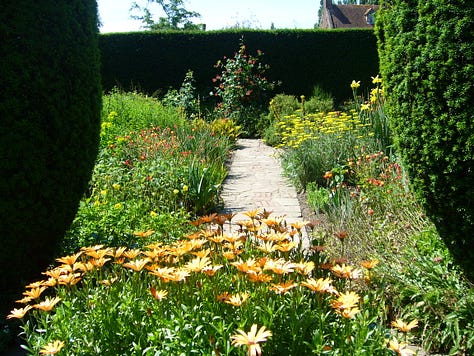
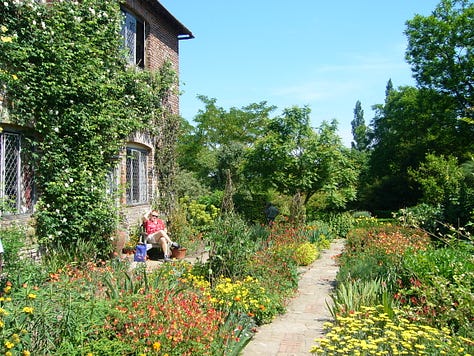
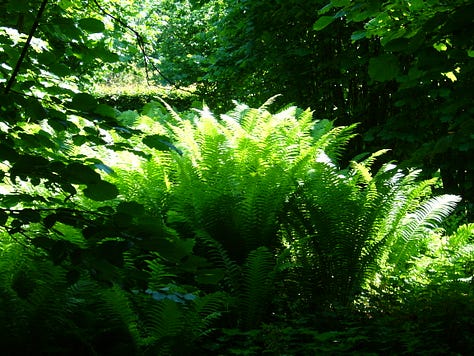
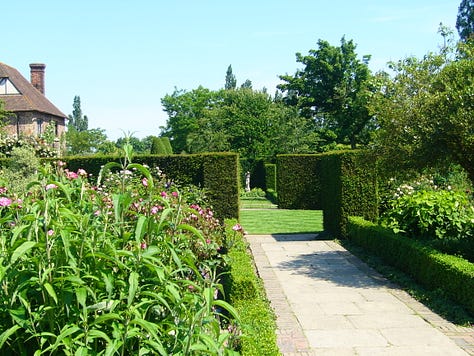
Her legacy to horticulture is great, and her weekly columns in the Observer newspaper during the 40s and 50s inspired thousands of future gardeners and garden designers. They documented her journey as she created each garden, and added a wonderful personal insight into her life. These articles have been published in volumes and were essential reading for me when I was studying horticulture so many years ago.
Her Legacy Protected… Kind Of
Open her death Sissinghurst Castle Gardens was purchased by the National Trust to protect the grounds and castle. Since then, the gardens have remained much as they were on her death, which means sadly the end to her passion for experimentation and change in the gardens. That being said, some of the garden rooms have started to be reimagined and reinvented, so her spirit may be returning to the gardens.
The gardens are still an amazing and popular set of gardens to visit, and worth going if you can.
More information on how to visit them can be found here

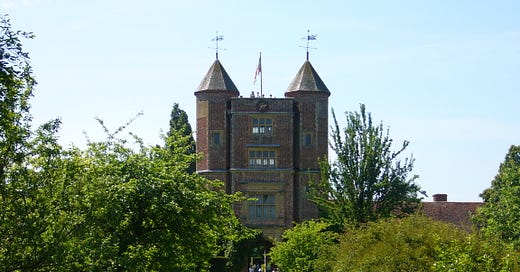



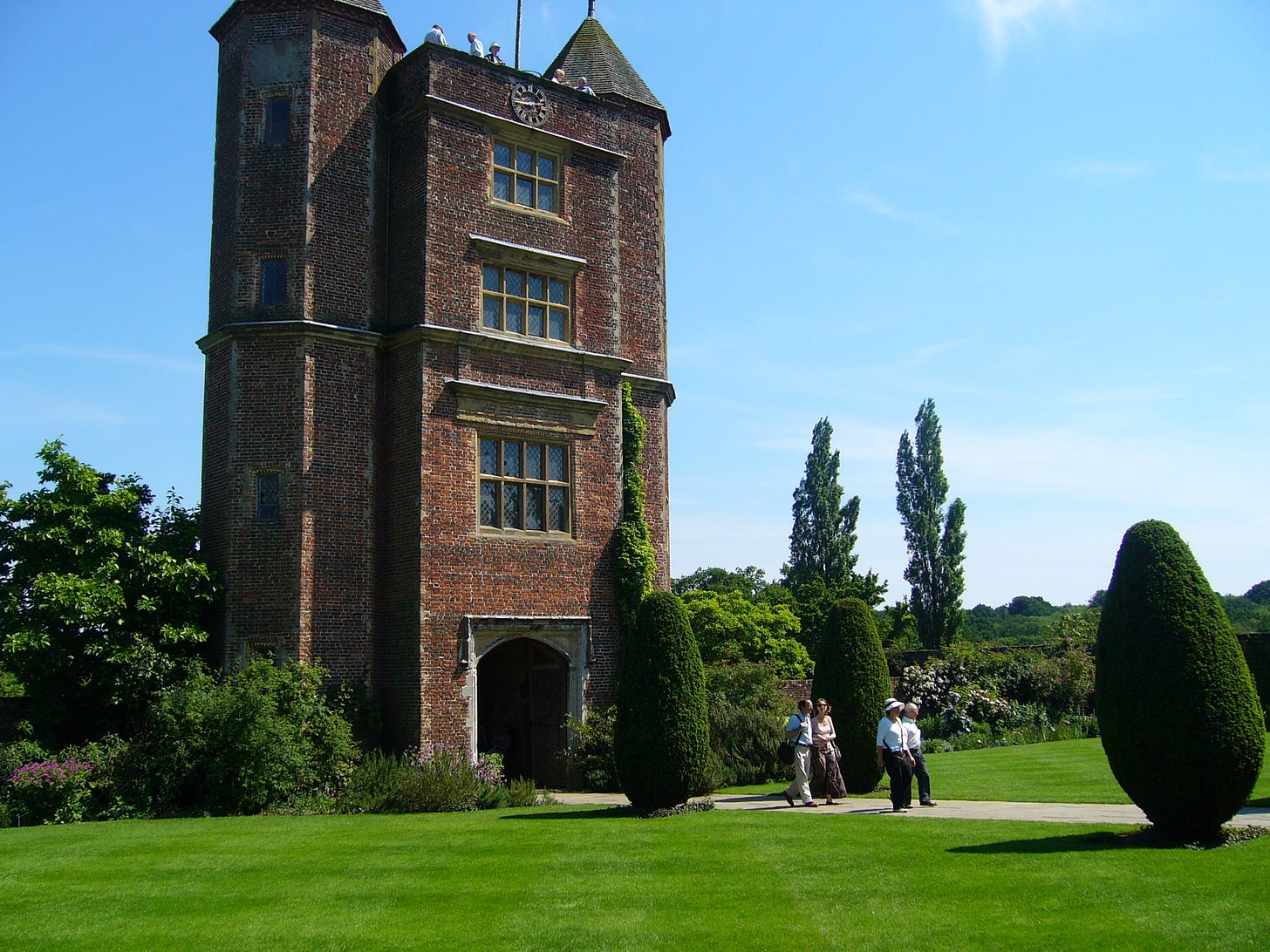
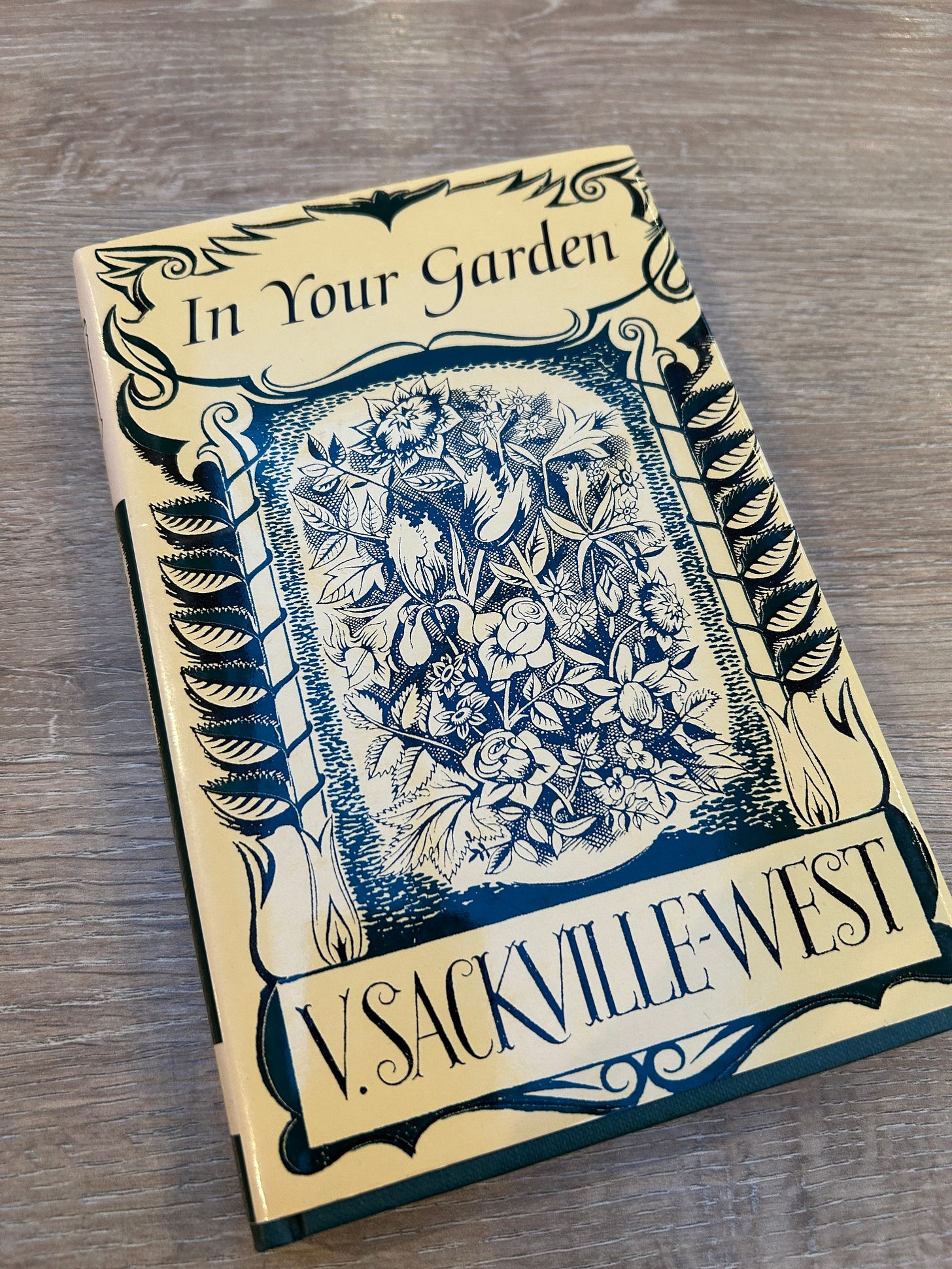
Sissinghurst is rather special, but we found the herbaceous planting oddly sparse when we visited last summer - a lot of bare ground. The new Delos area is fantastic though, and an important innovation for climate change.